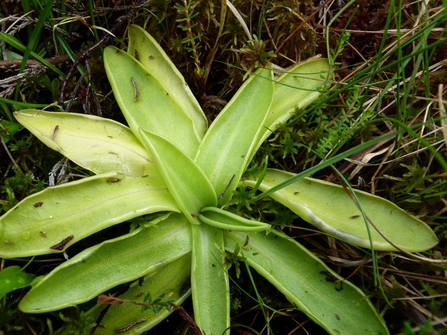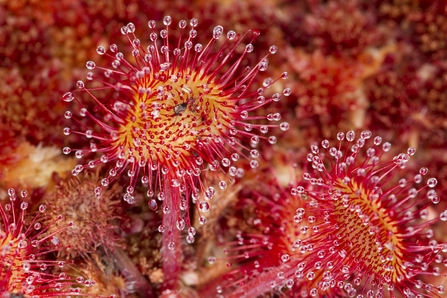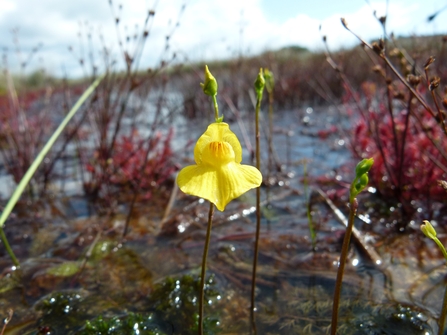What are carnivorous plants?
Usually plants draw up nutrients from the soil, using their roots. They use these nutrients, along with carbon dioxide, water and light, to make their food. However, some plants can’t get enough nutrients from their habitat, so instead they’ve evolved to eat animals – these are our carnivorous plants! They attract their prey, usually by smelling sweet, offering nectar, or by looking attractive to the insect. Some sticky plants may even capture animals as they simply bumble by, like a fly getting caught in a spider’s web. Once their prey has landed, they are quickly trapped. The plant ‘eats’ them, using the nutrients it absorbs from them to grow.




